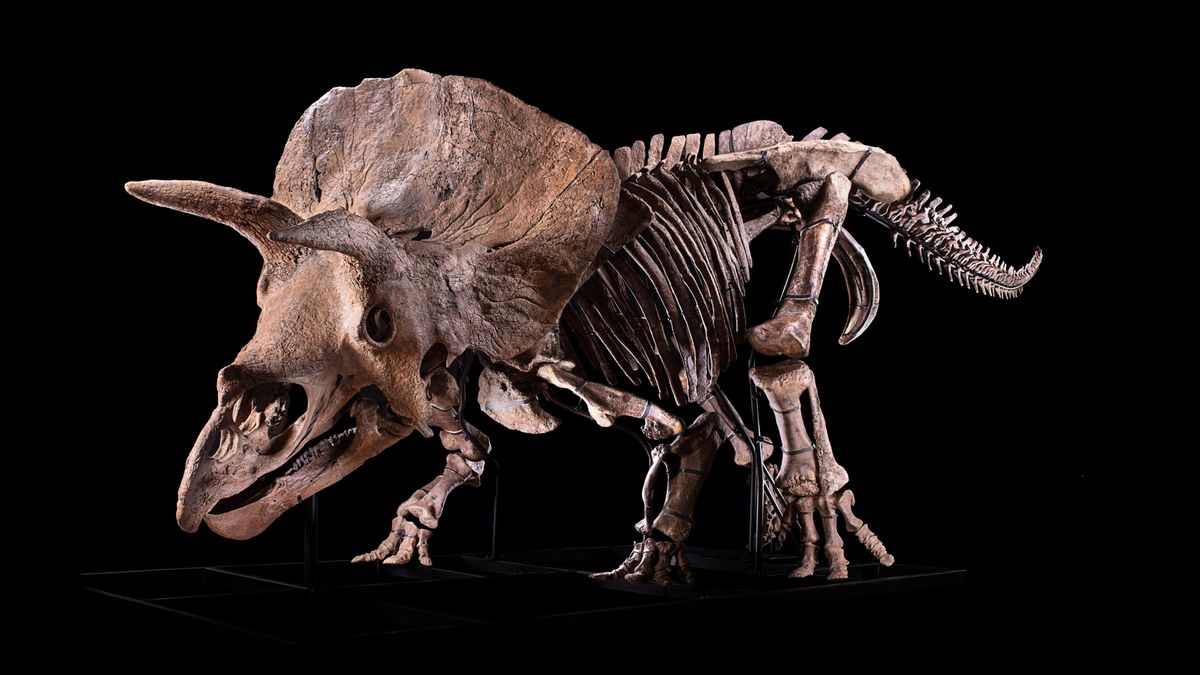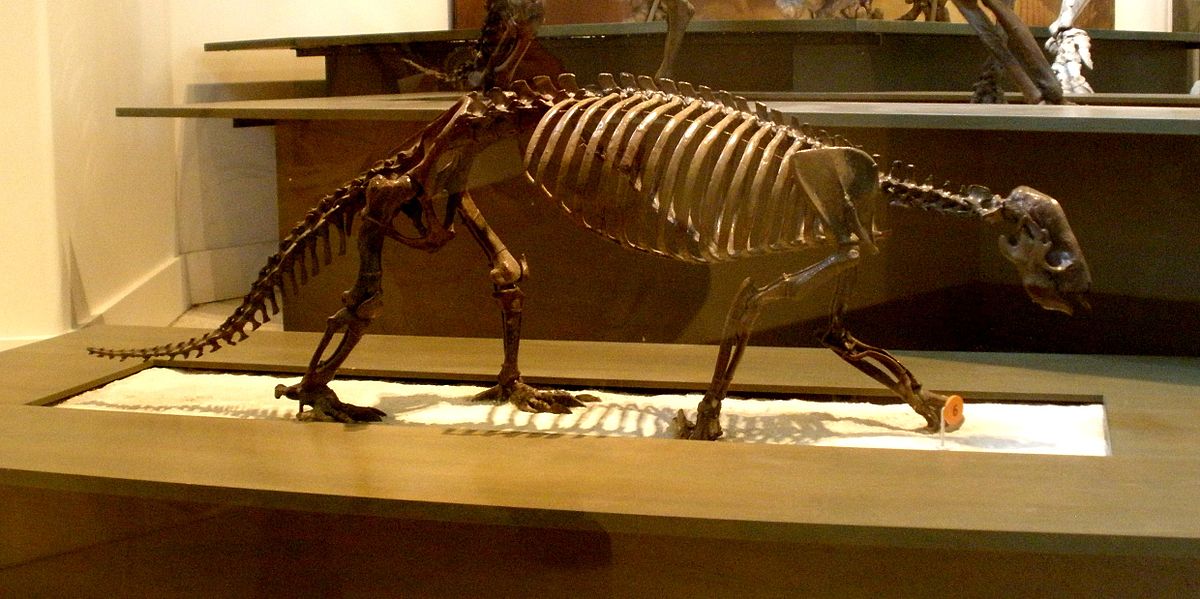- Thread starter
- #61
Waptia fieldensis was a species of arthropod from the Middle Cambrian Burgess Shale Lagerstätte of Canada. It grew to a length of about 8 cm (3 in) and resembled modern shrimp in both morphology and habit. It had a large bivalved carapace and a segmented body terminating into a pair of tail flaps.

Waptia - Wikipedia
Waptia
Waptia - Wikipedia
Waptia


:max_bytes(150000):strip_icc():format(webp)/Falcatus-9093e95d1e484196a8016b922cc0cdf4.jpg)



:max_bytes(150000):strip_icc()/palorchestesVM-58b9bb4a5f9b58af5c9ce4a5.jpg)
